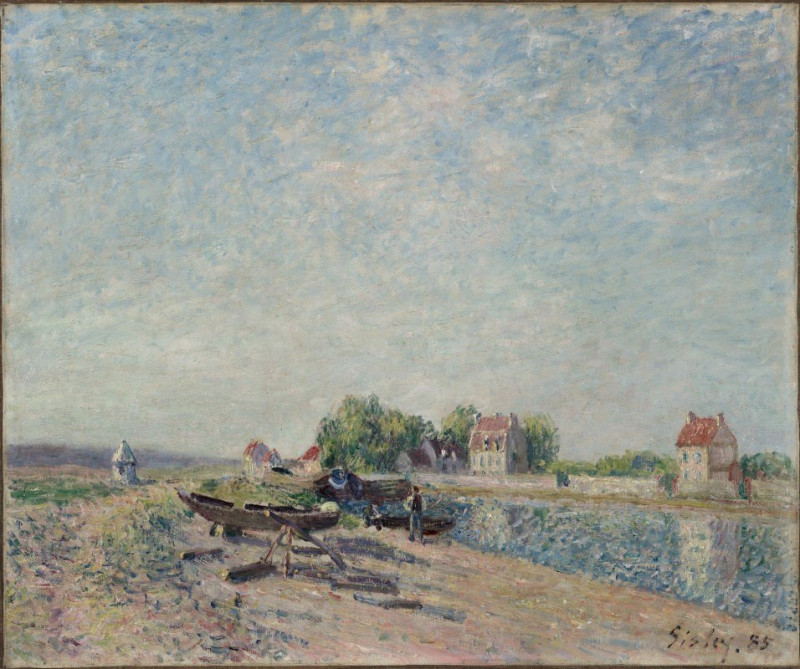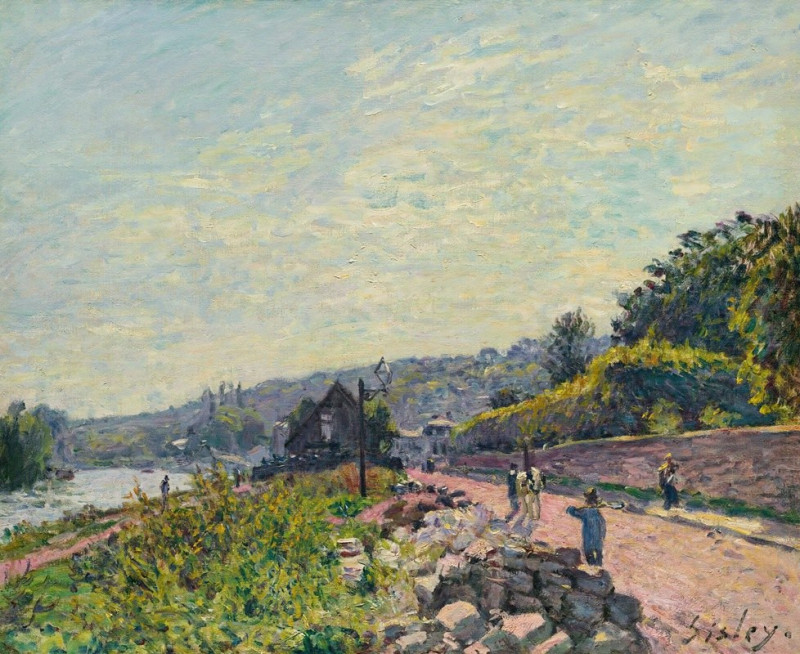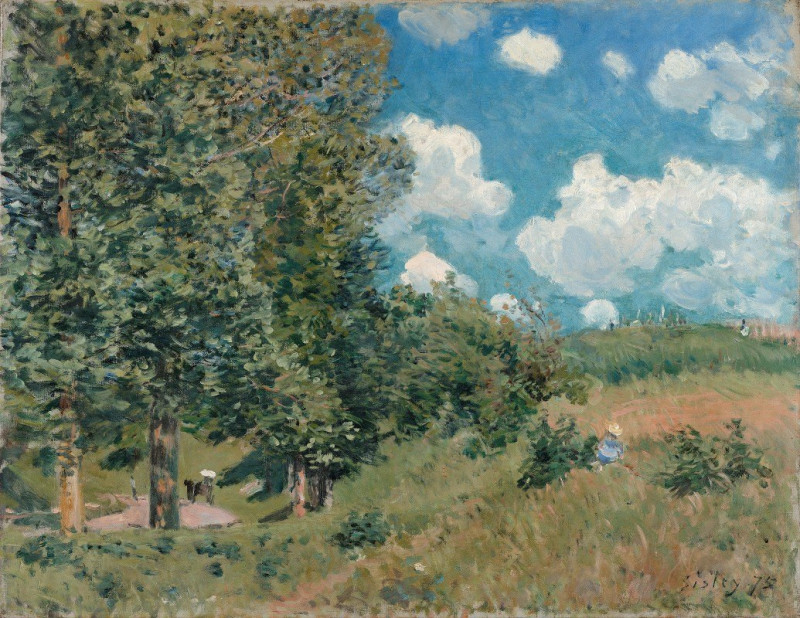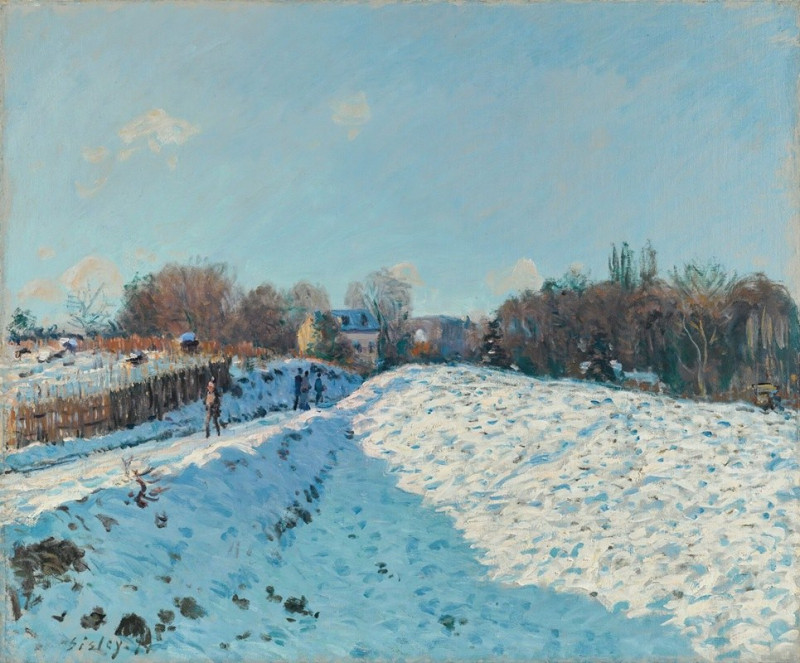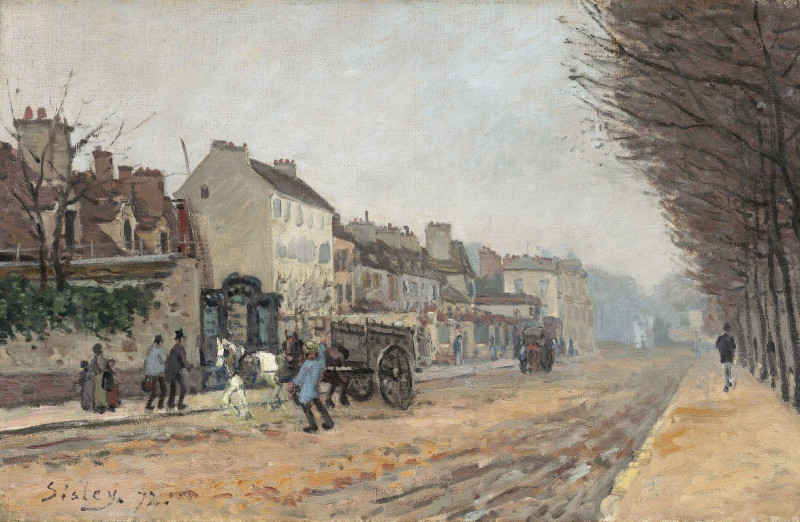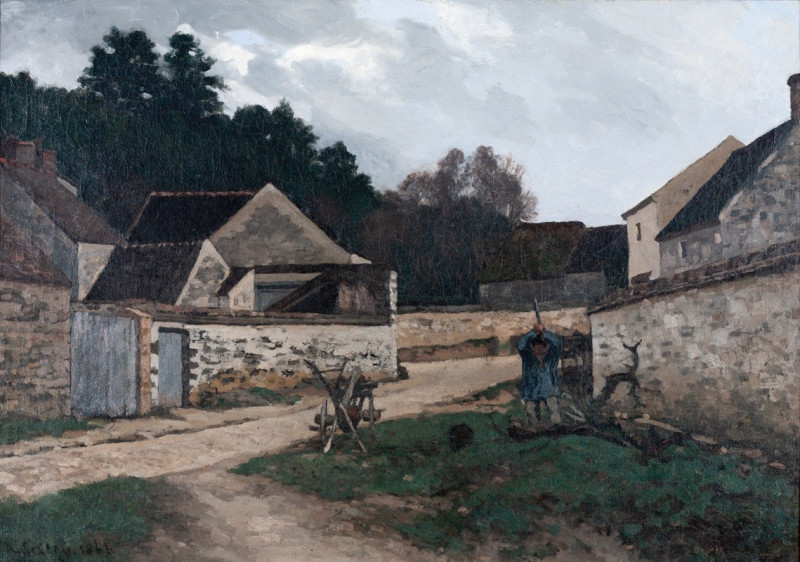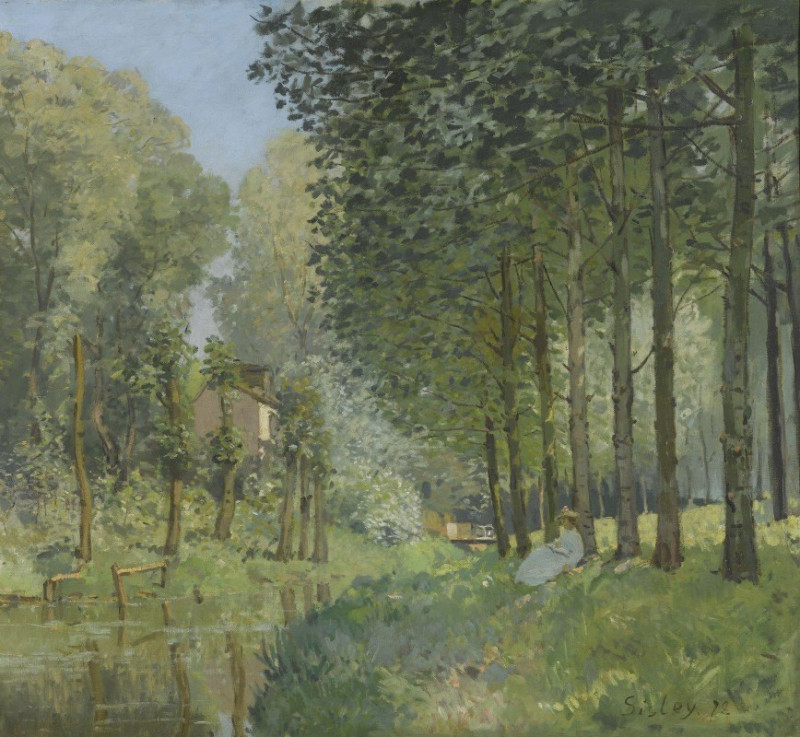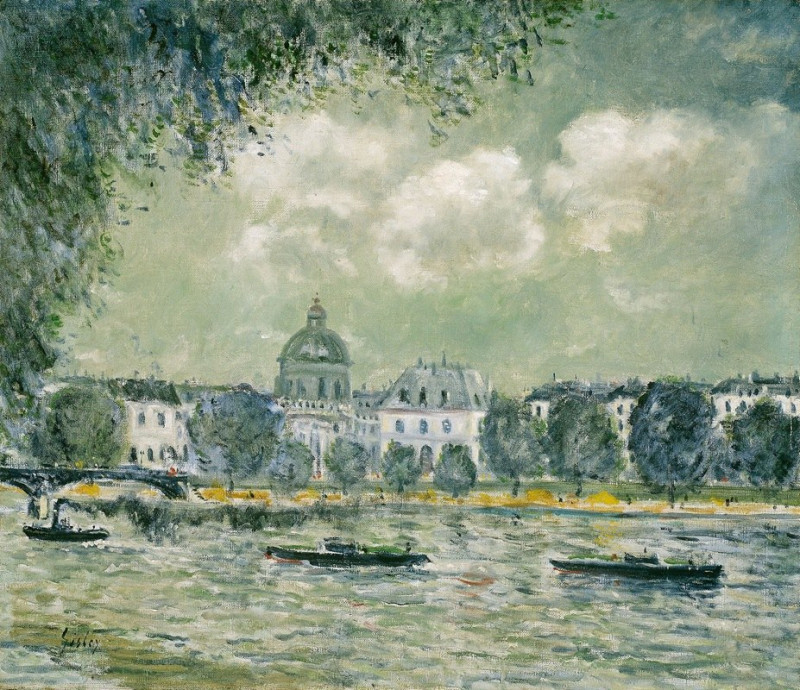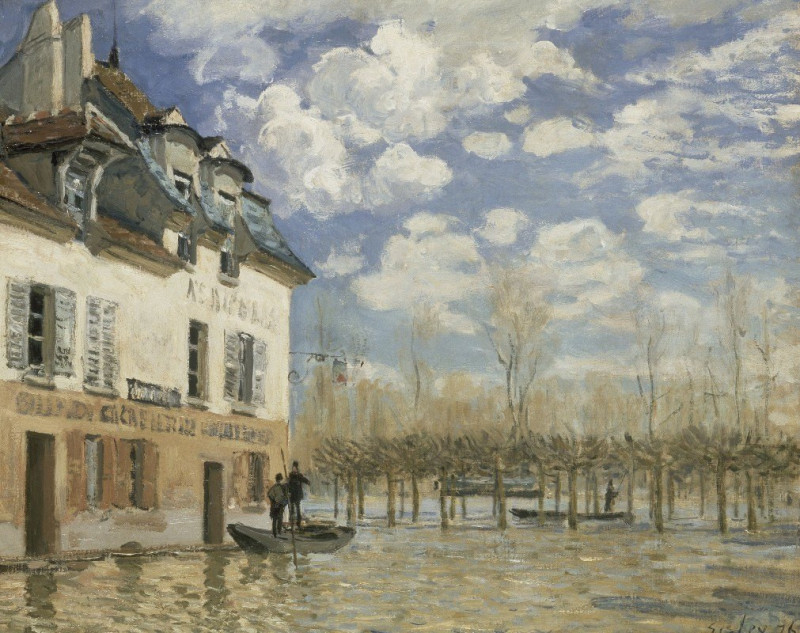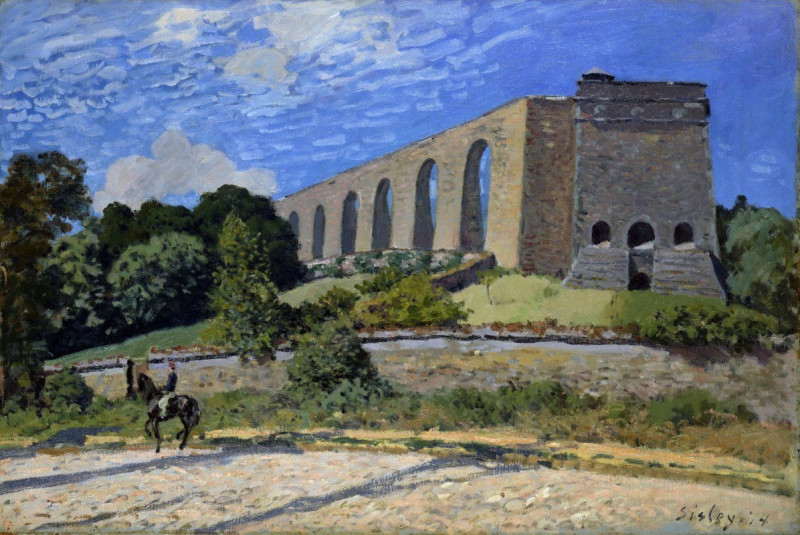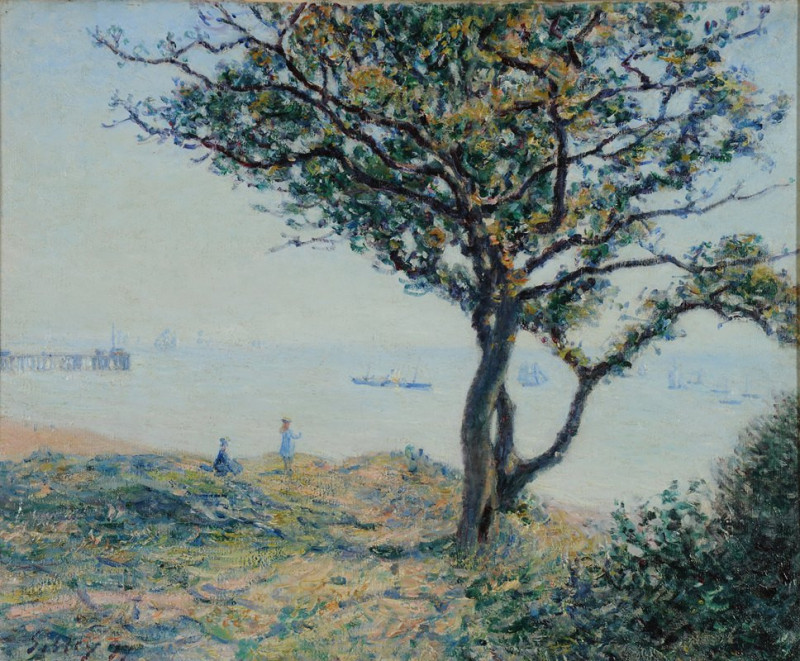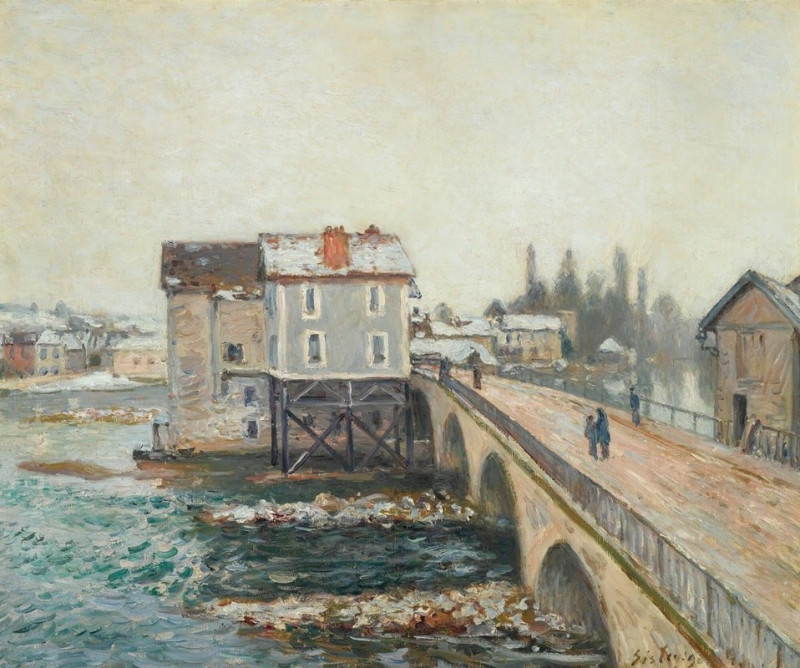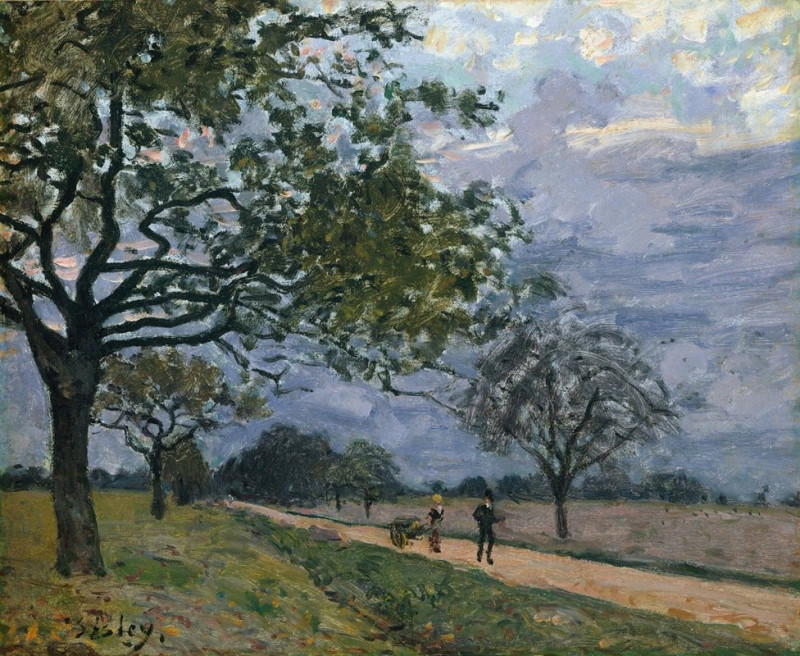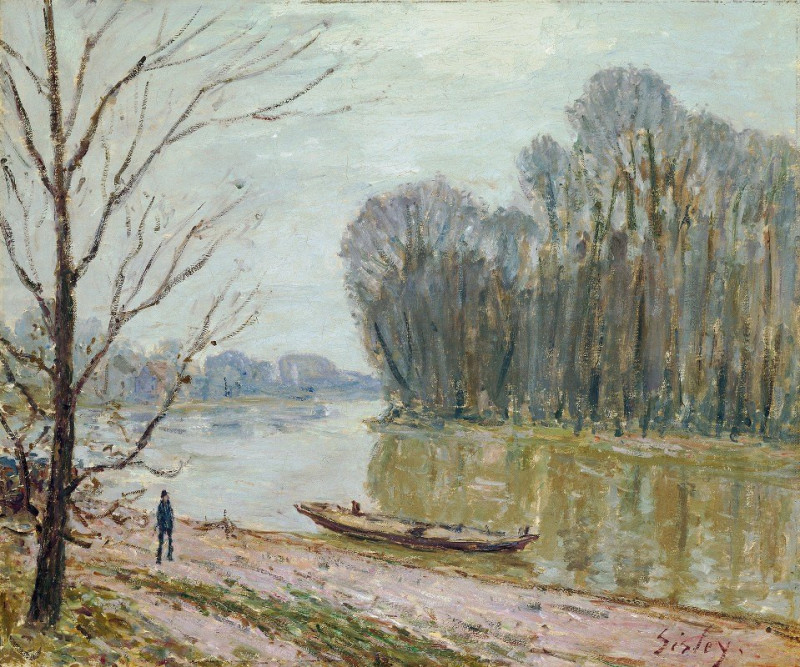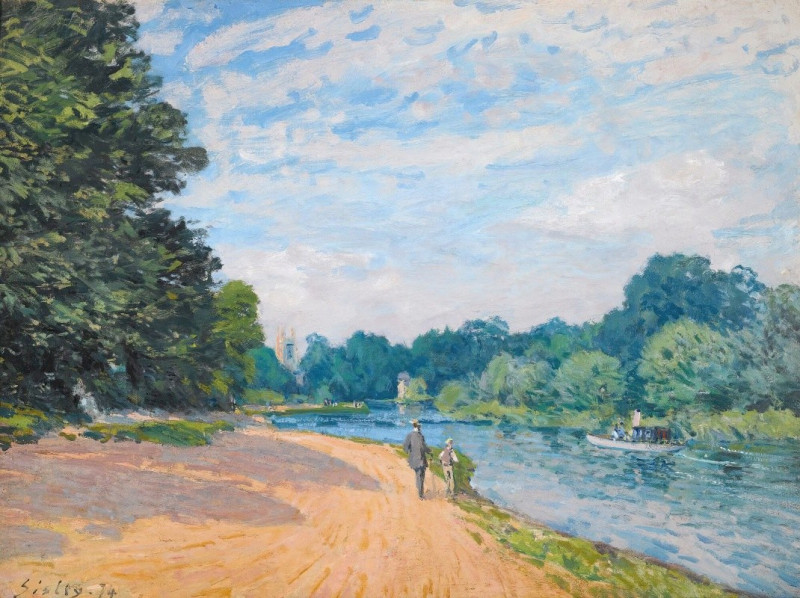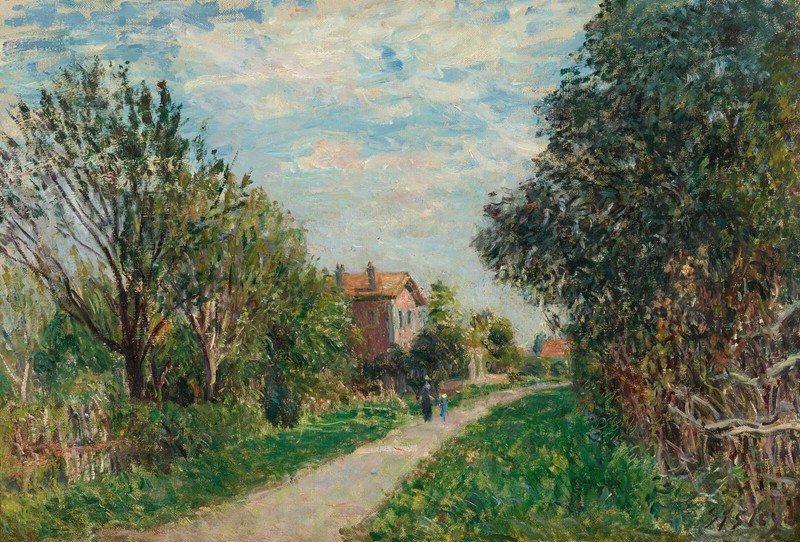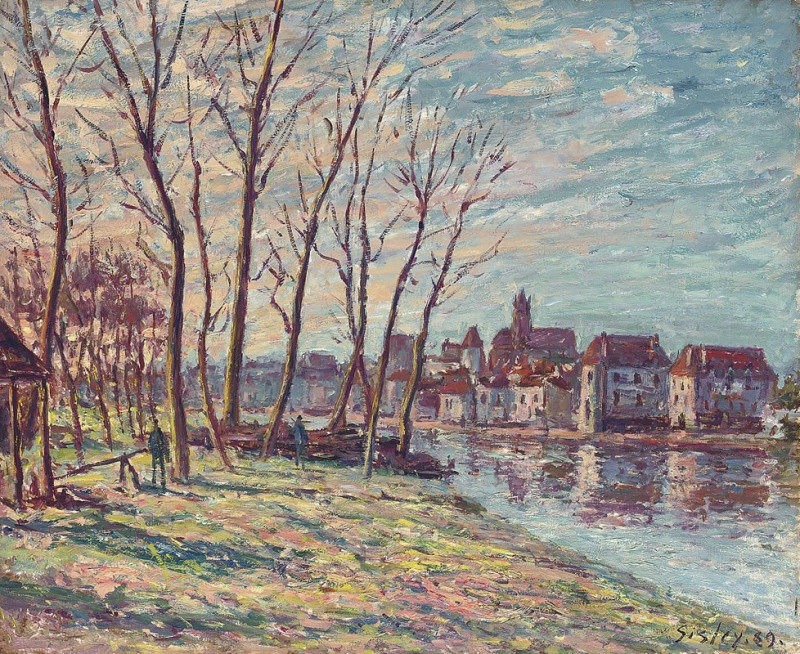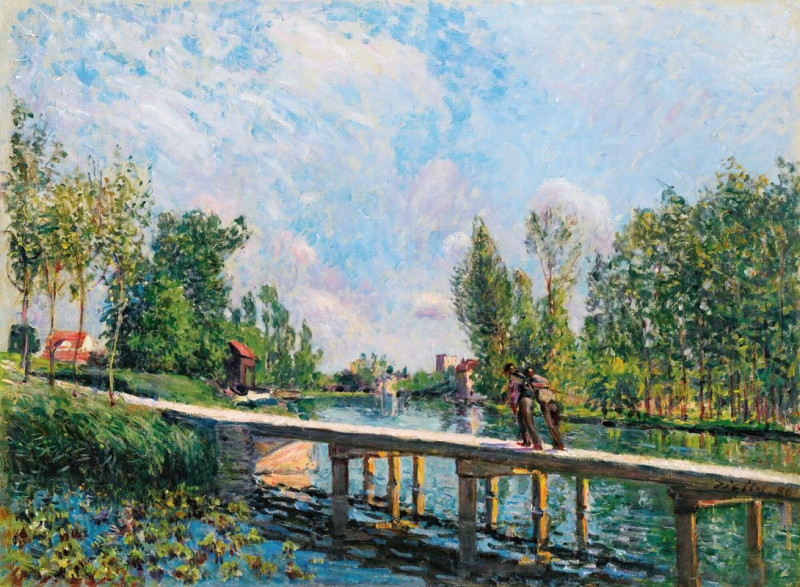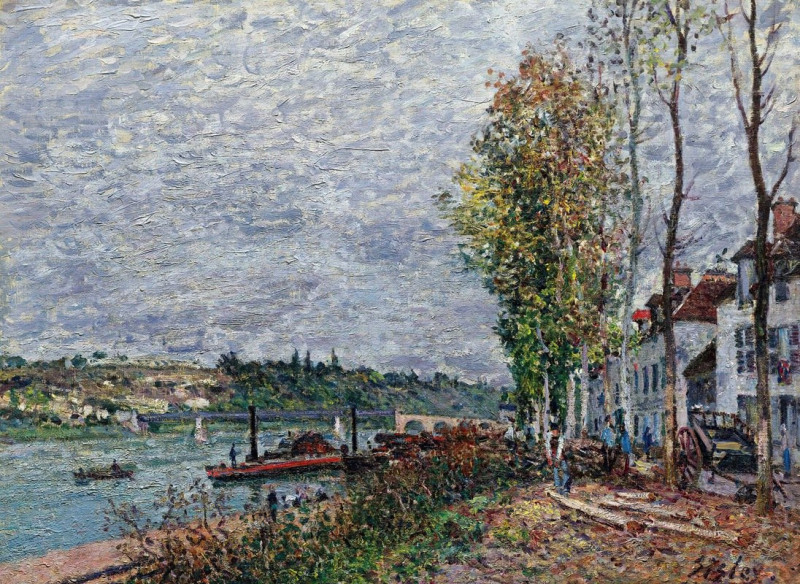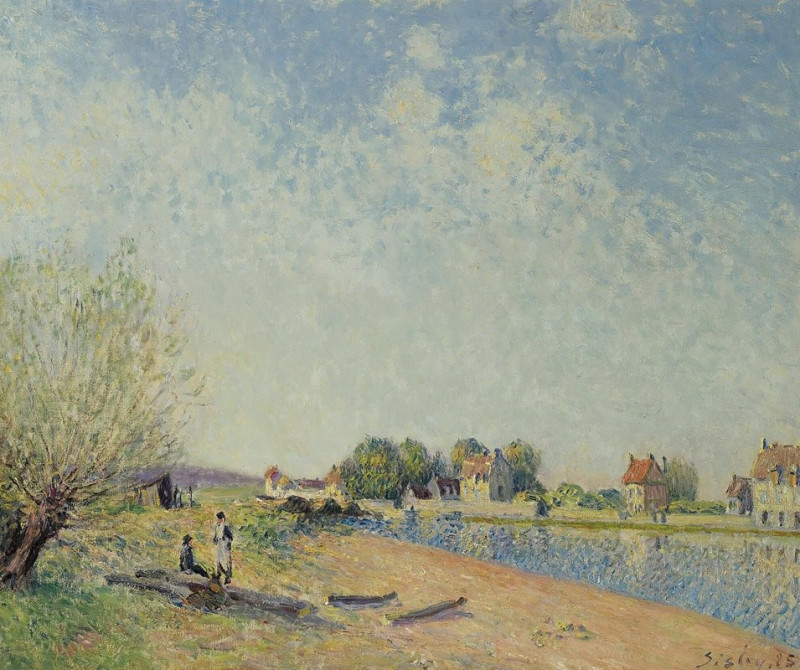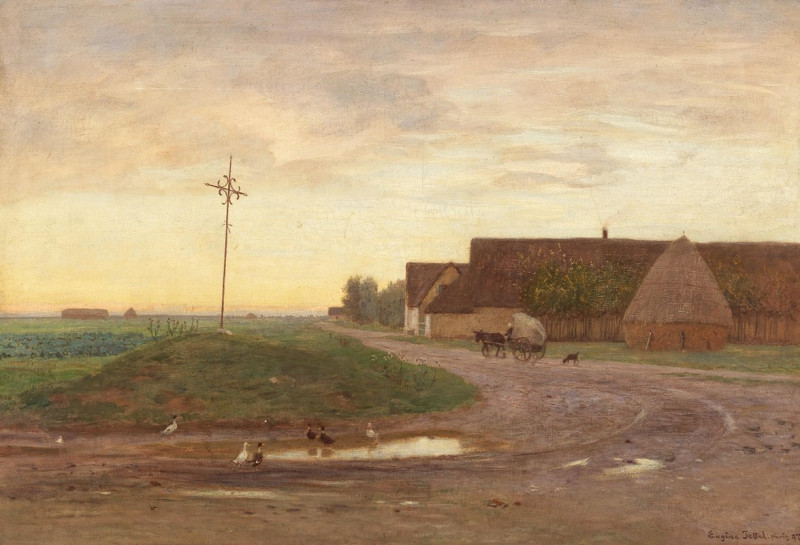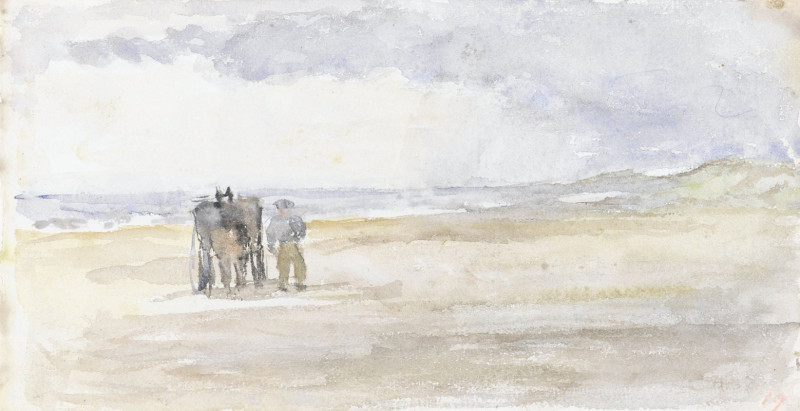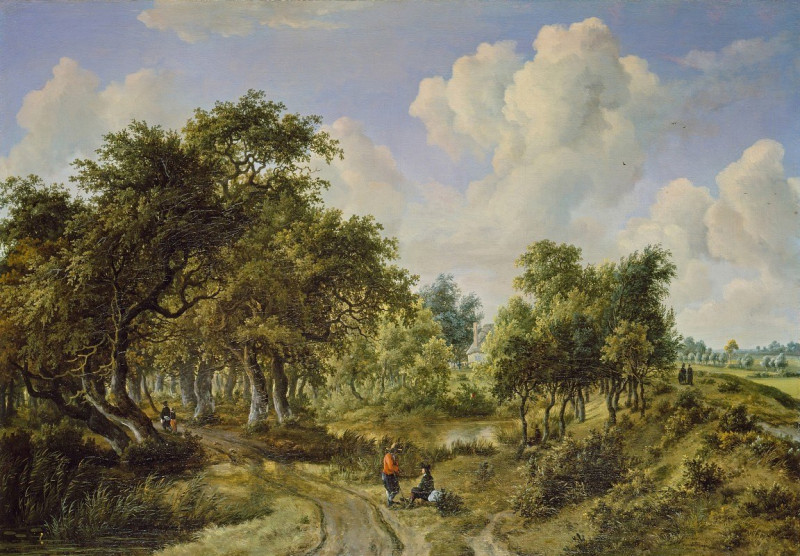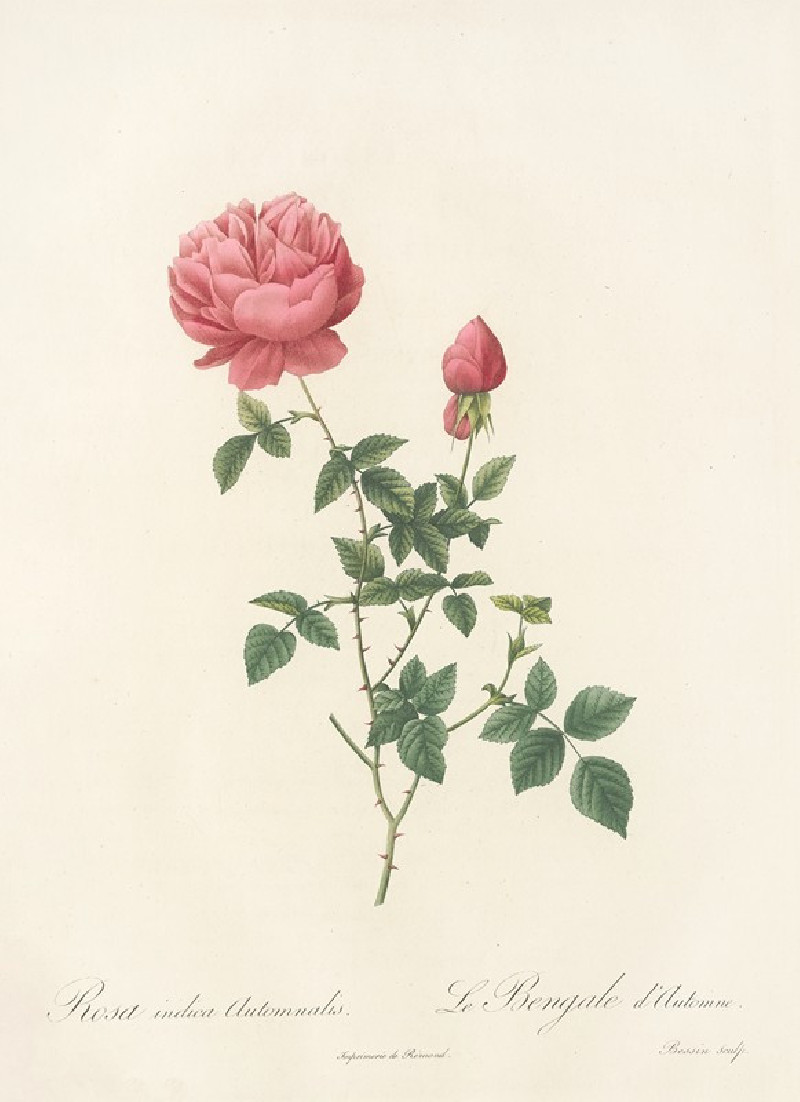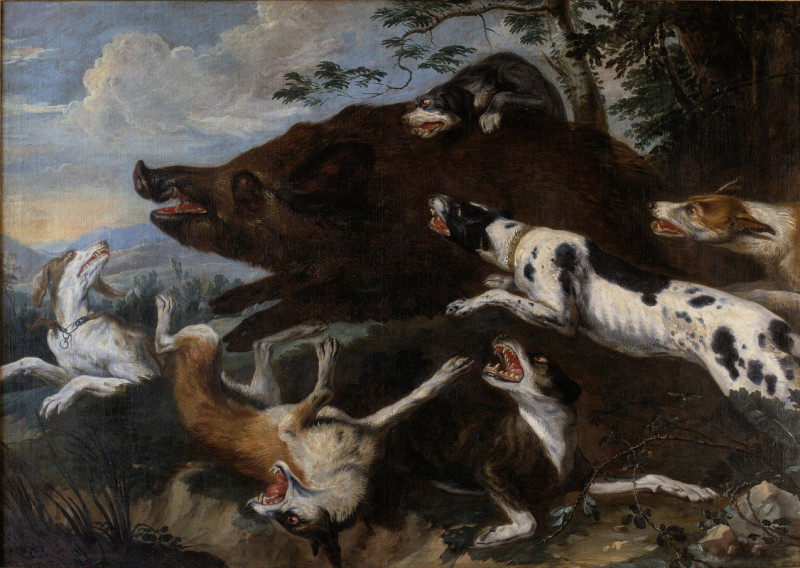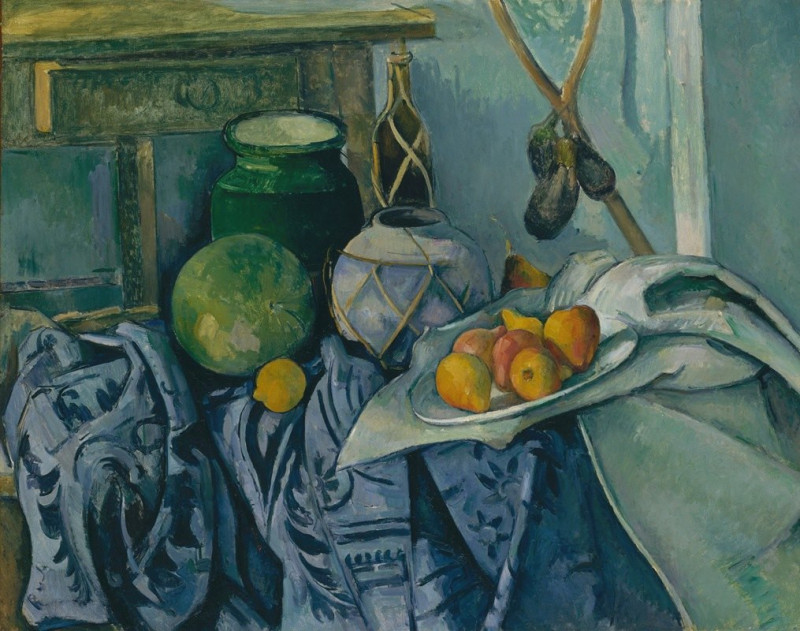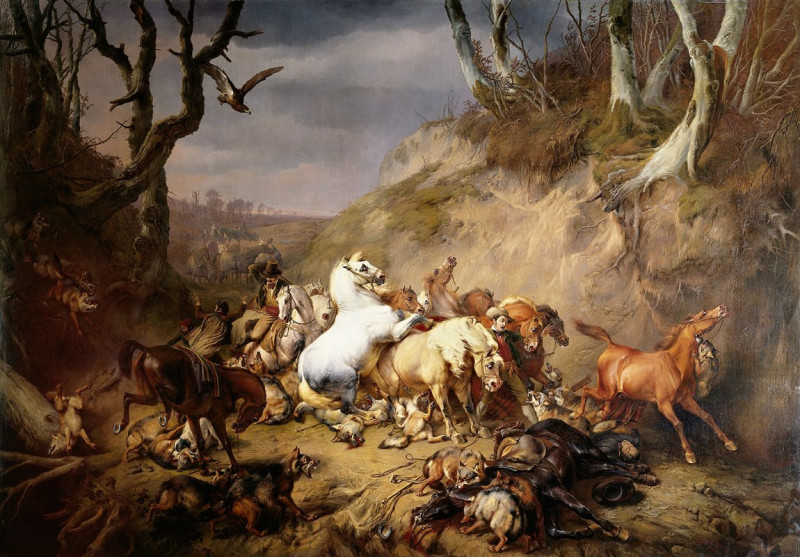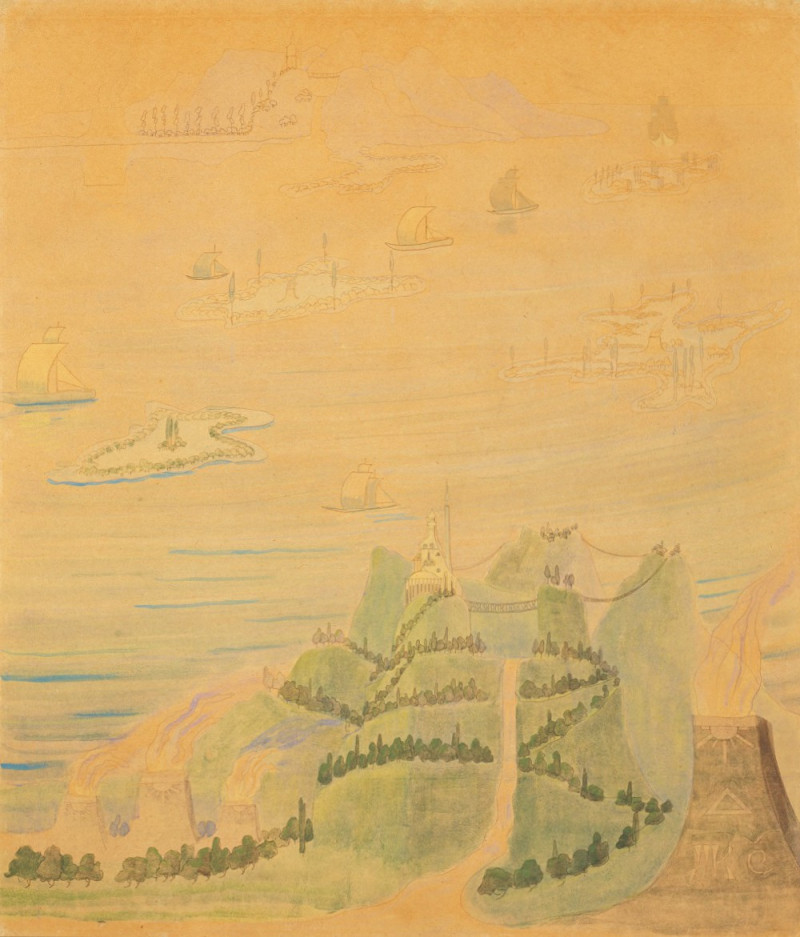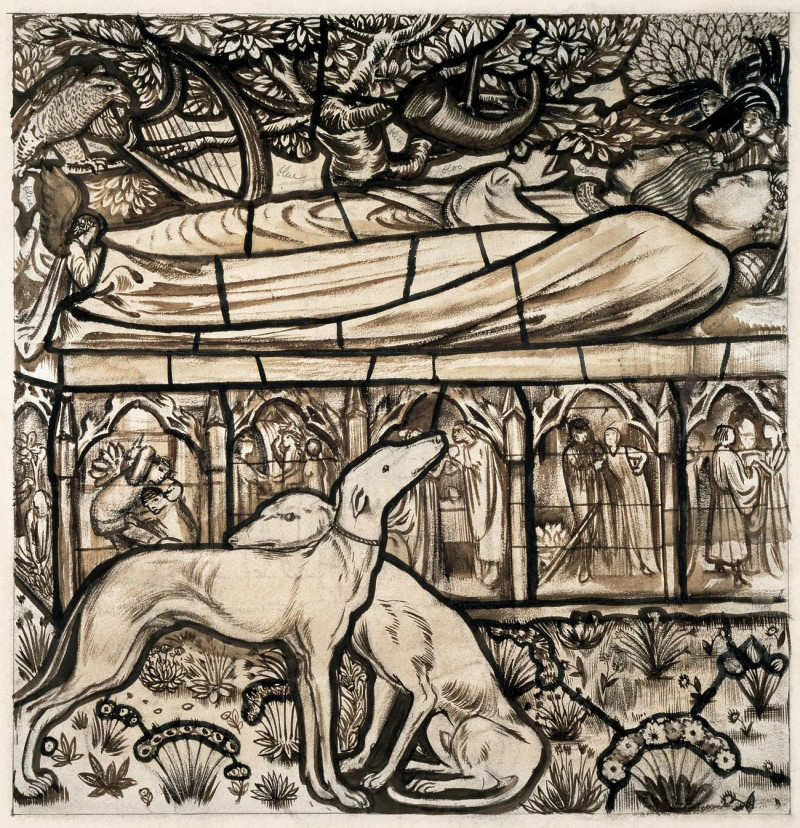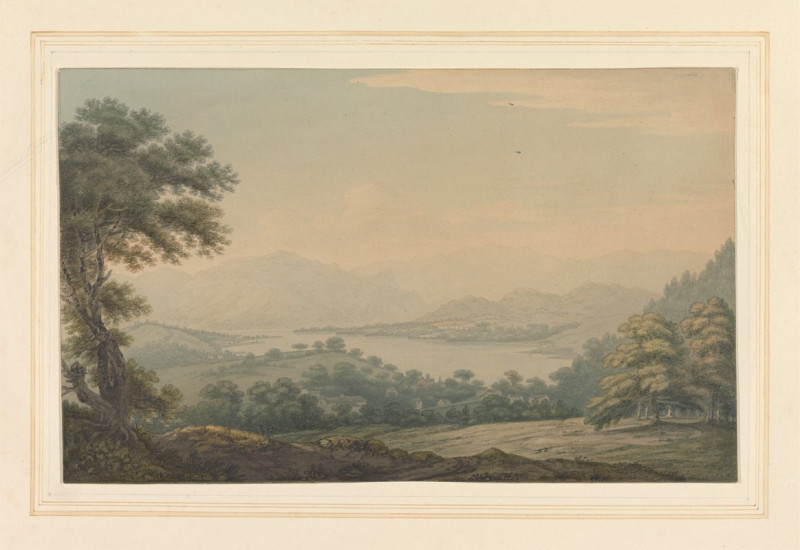Saint-Mammès, Loing Canal (1885)
Technique: Giclée quality print
Recommended by our customers
More about this artwork
"Saint-Mammès, Loing Canal" is one of Alfred Sisley's captivating Impressionist landscape paintings that beautifully captures the serene, everyday life along the Loing Canal, specifically in the picturesque village of Saint-Mammès in France, where he spent much of his later years. Painted in 1885, this artwork is a testament to Sisley’s masterful use of light and his acute observational skills.The painting presents a tranquil rural scene at the confluence of the Loing and the Seine Rivers. The foreground is dominated by dry-docked boats, suggestive of a pause in activity, perhaps signalling the end of a day's work. A dirt path leads the viewer's eye gently from the foreground to the middle ground where water and architecture merge. Small figures, likely local villagers or workers, are dotted around, anchoring the scene in daily life and local industry.In addition to the earthly elements, a significant portion of the canvas is devoted to a vast, expansive sky, a characteristic feature of many of Sisley’s landscapes. The sky is rendered in soft blues and whites, with the artist wonderfully capturing the light and fluffy clouds scattered across it, suggesting a peaceful end to the day.On the right, the viewer observes small houses that reflect the rural architecture of the period, their calm presence contrasting with the soft flow of the canal beside them. The reflections in the water are deftly painted, mirroring the skies and the structures, and enhancing the overall feeling of quietude.
Delivery
Returns
Alfred Sisley (1839–1899), an English impressionist artist, was renowned for his breathtaking impressionist landscape paintings. Born in 1839 to a wealthy family in Paris, Sisley spent most of his life in France. Despite being intended for a career in commerce, he rebelled and pursued his passion for painting as an amateur in the studio of Charles Gleyre, where he befriended artists Claude Monet and Pierre-Auguste Renoir. The financial loss of his family in the Franco-German War led Sisley to make a career out of his art, though it left him financially distressed. It wasn't until after his passing in 1899 that the true value of his work was recognized.

